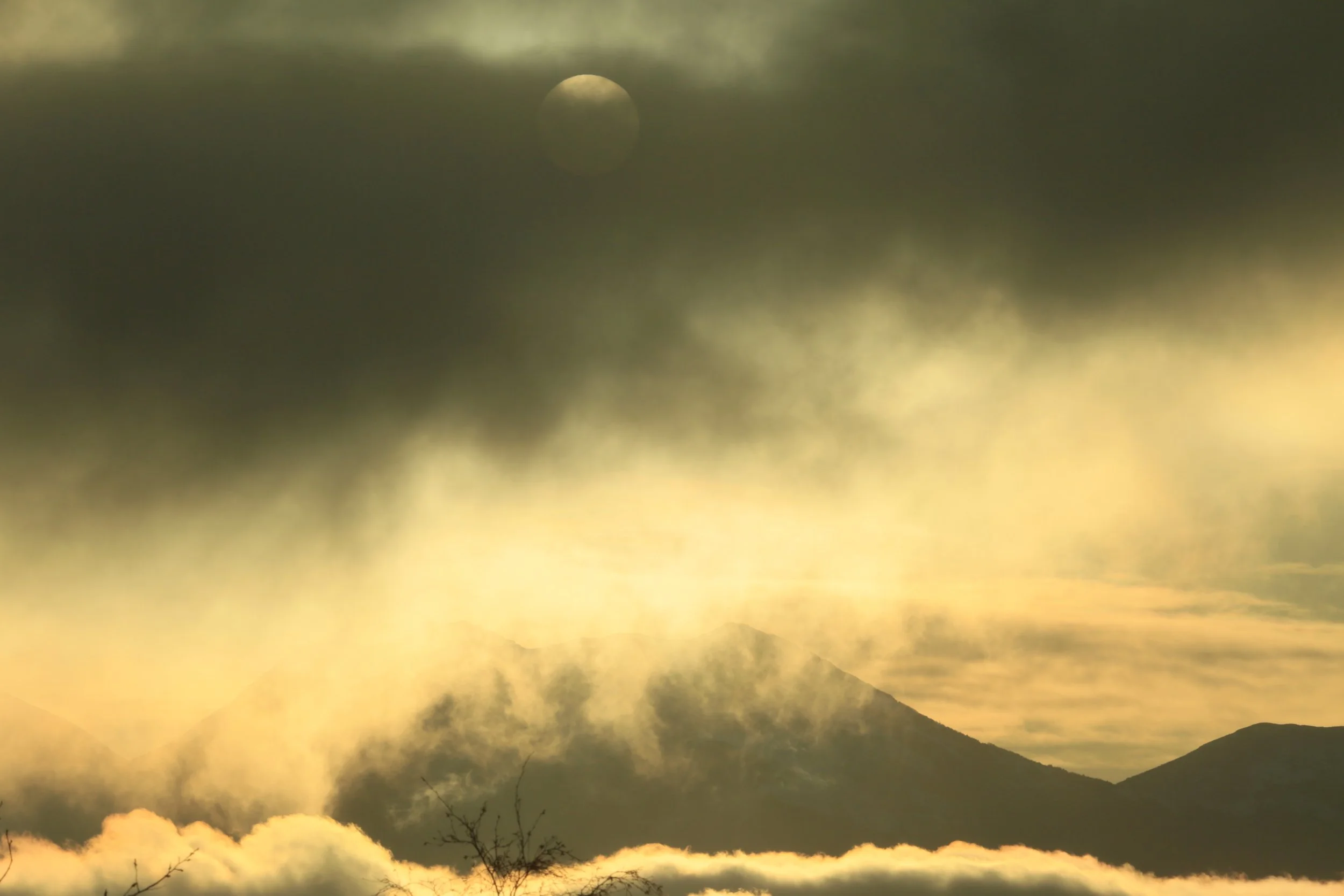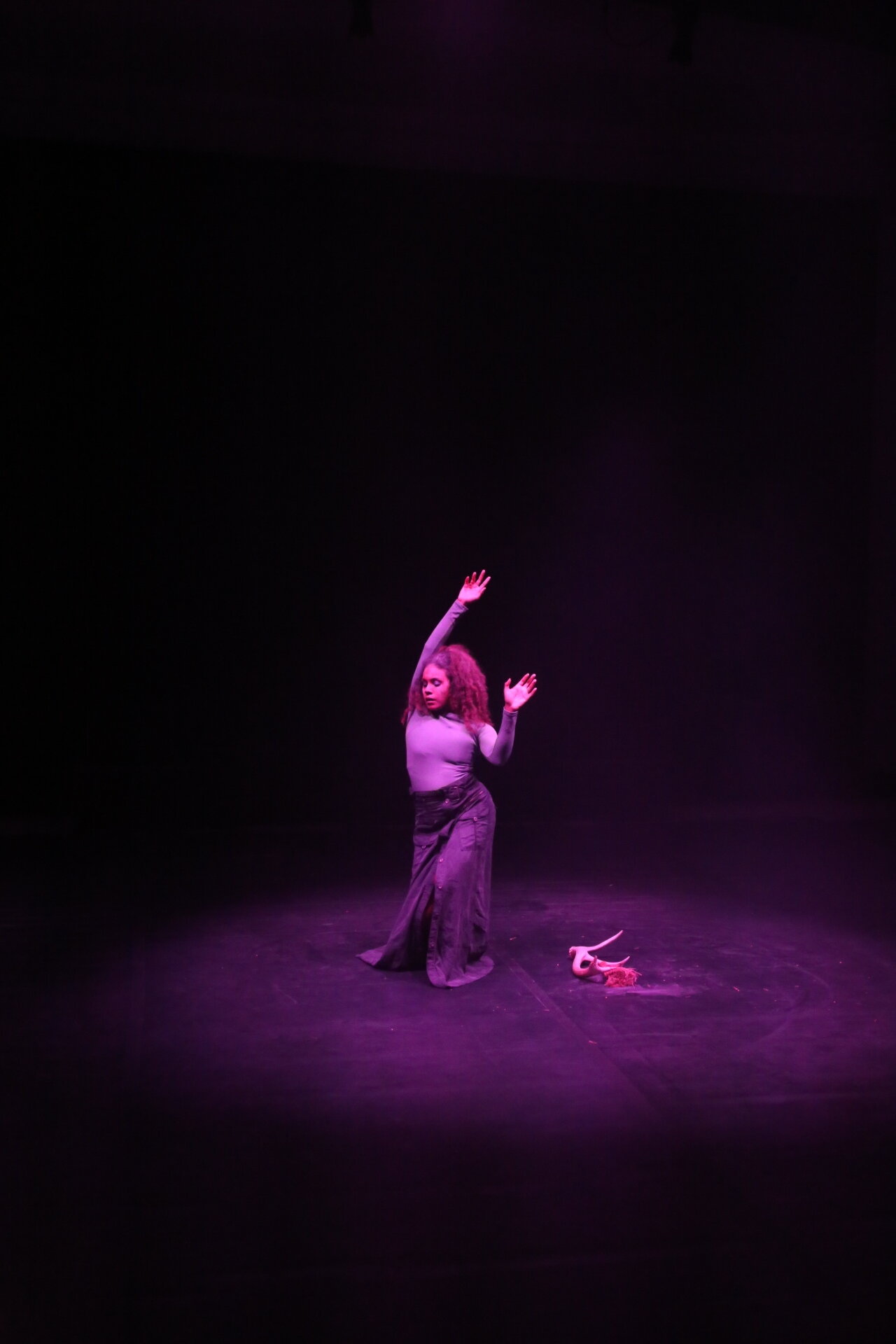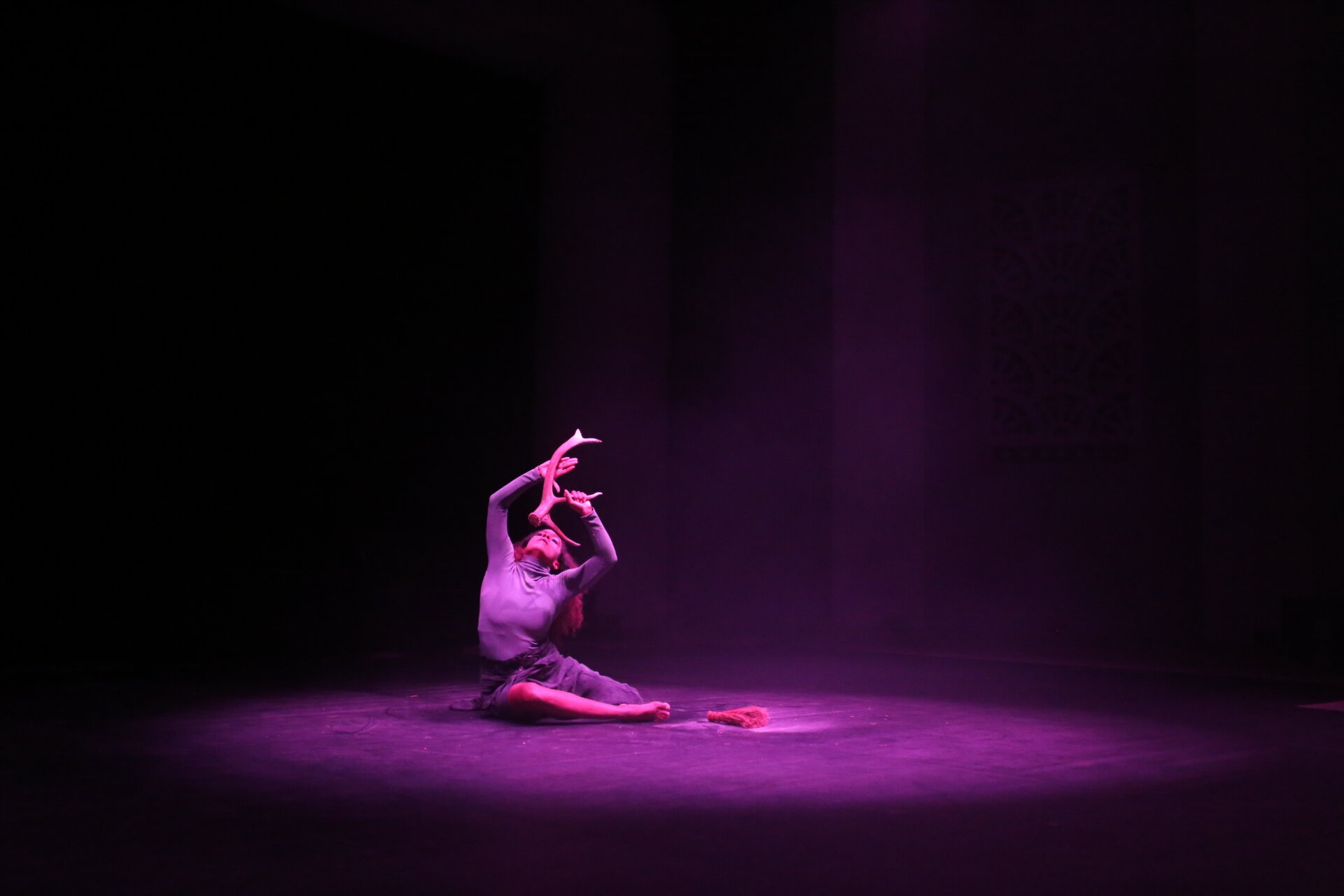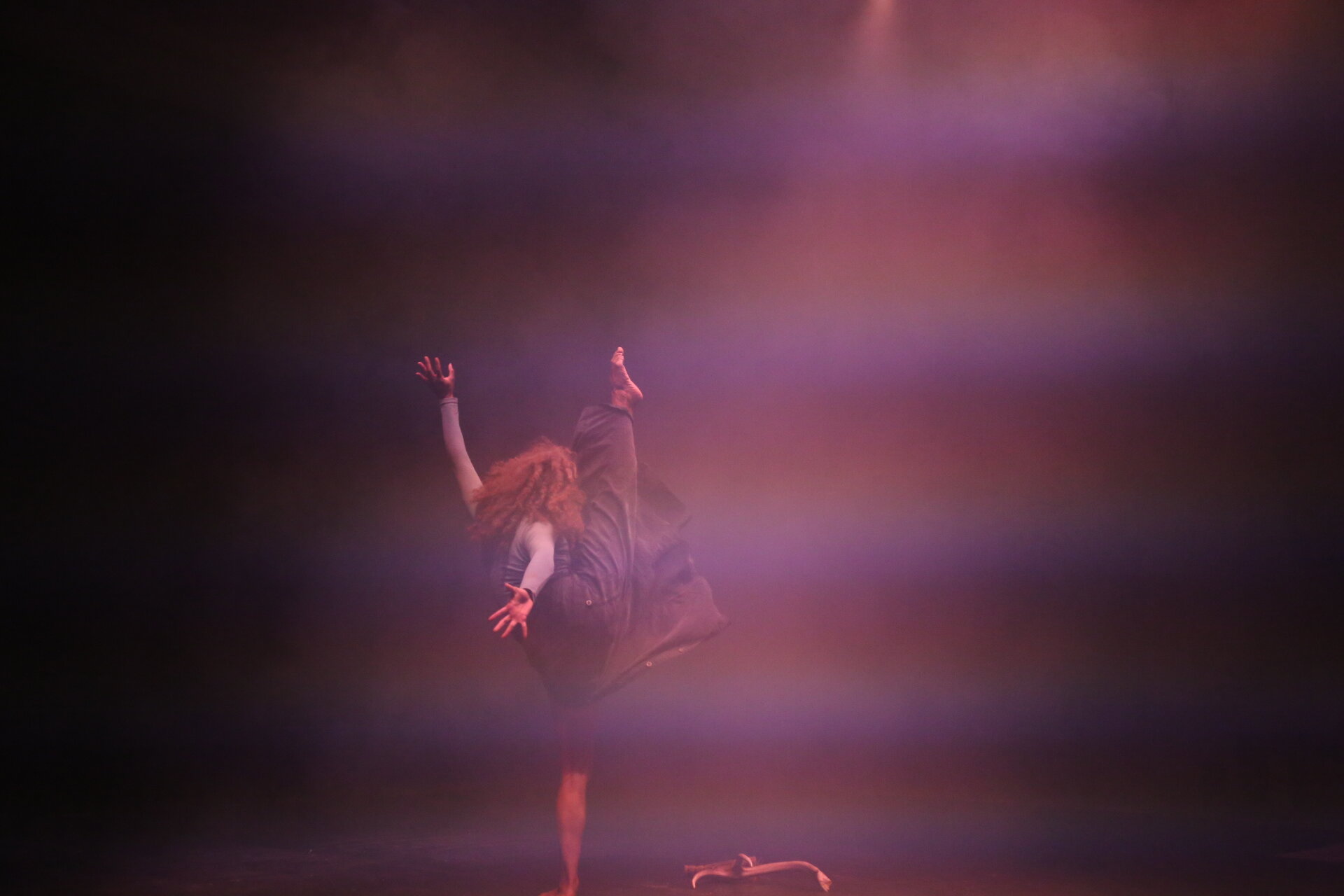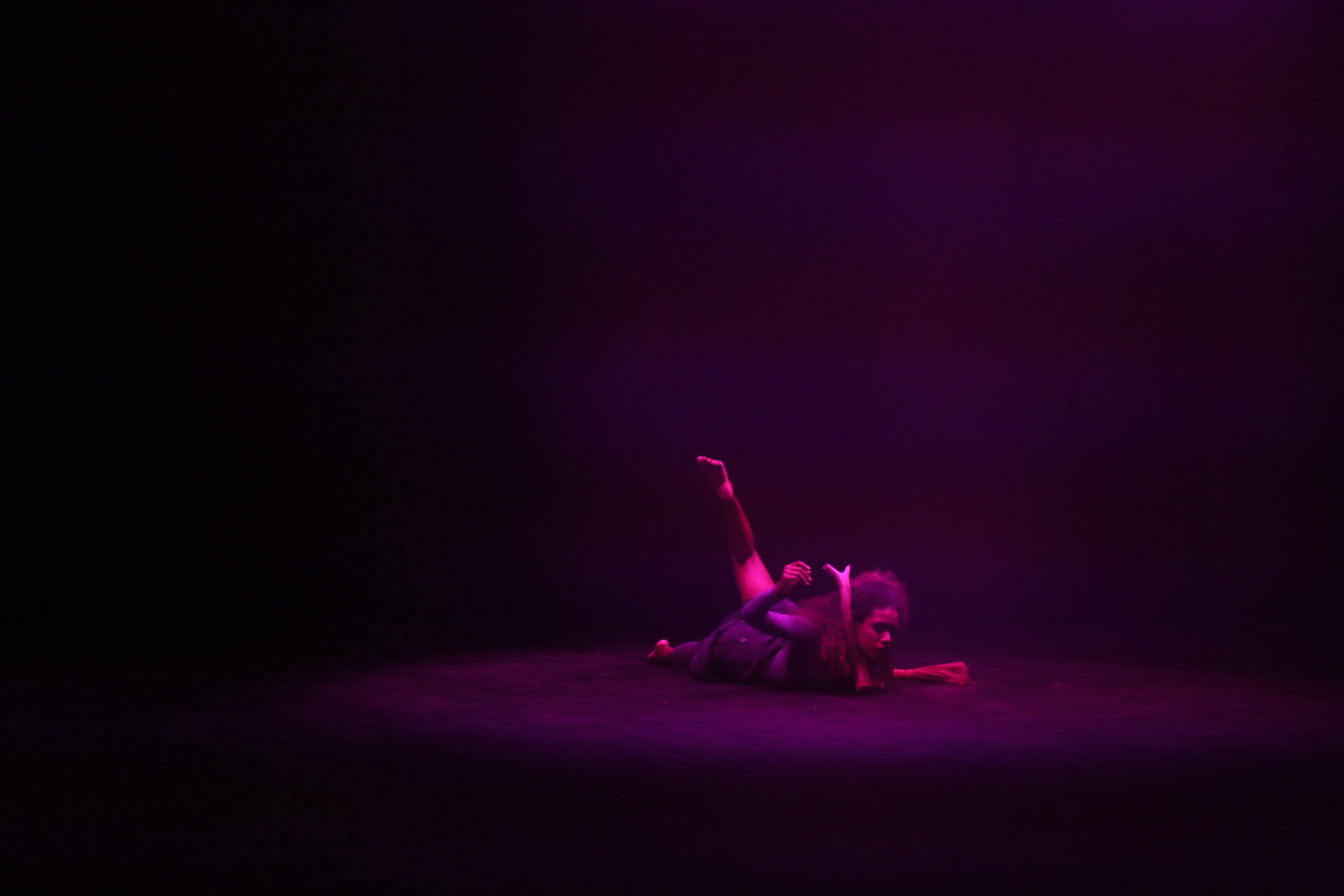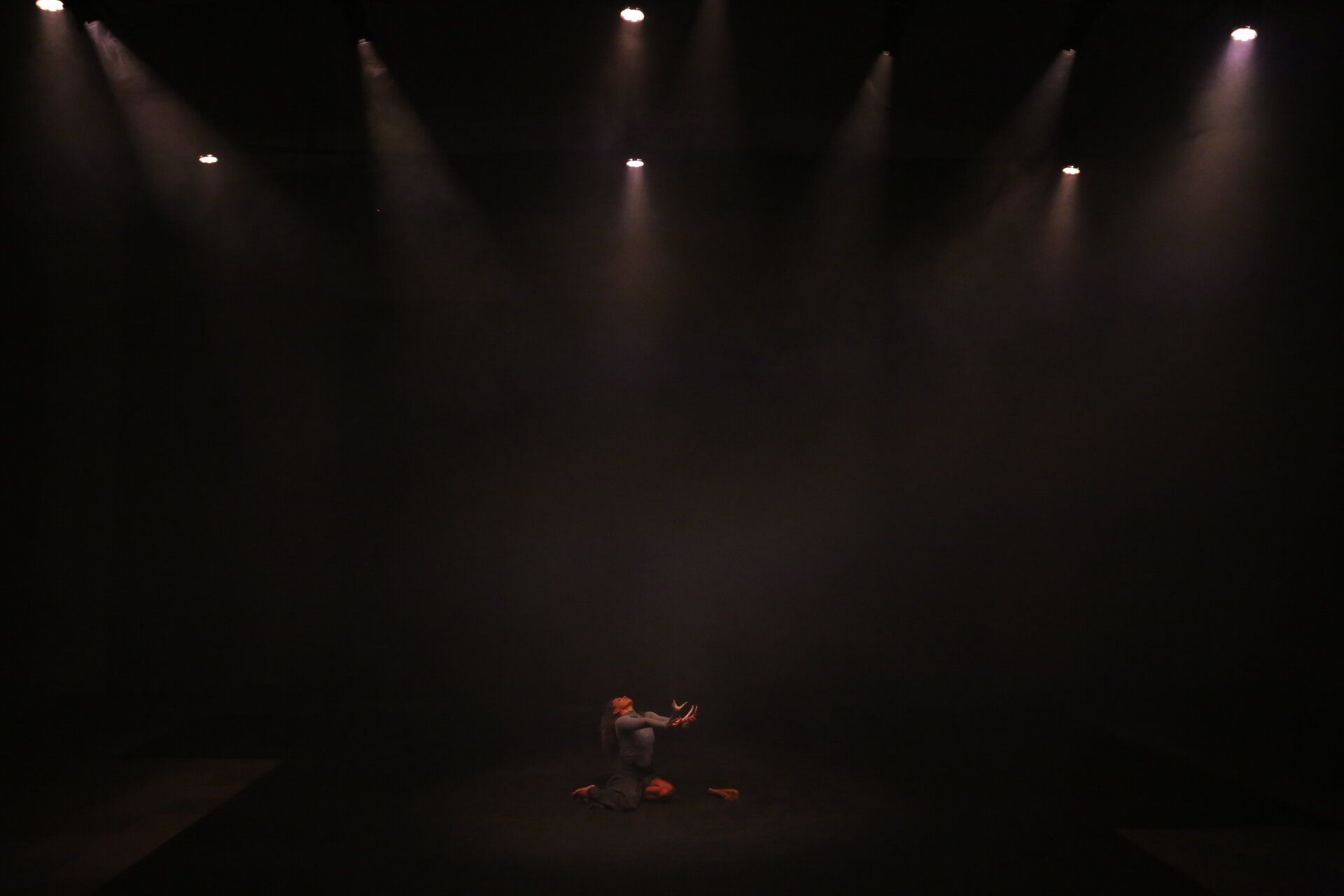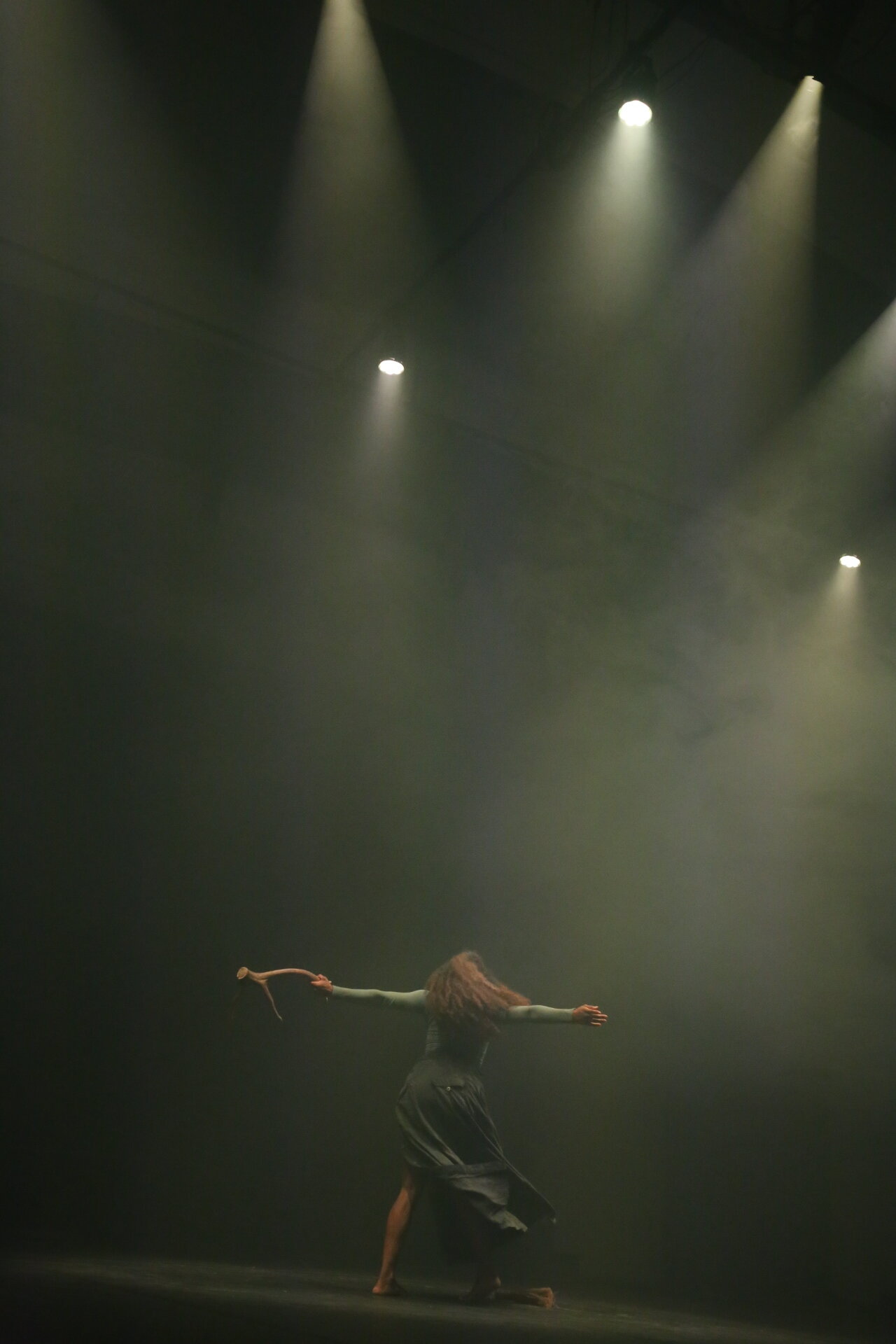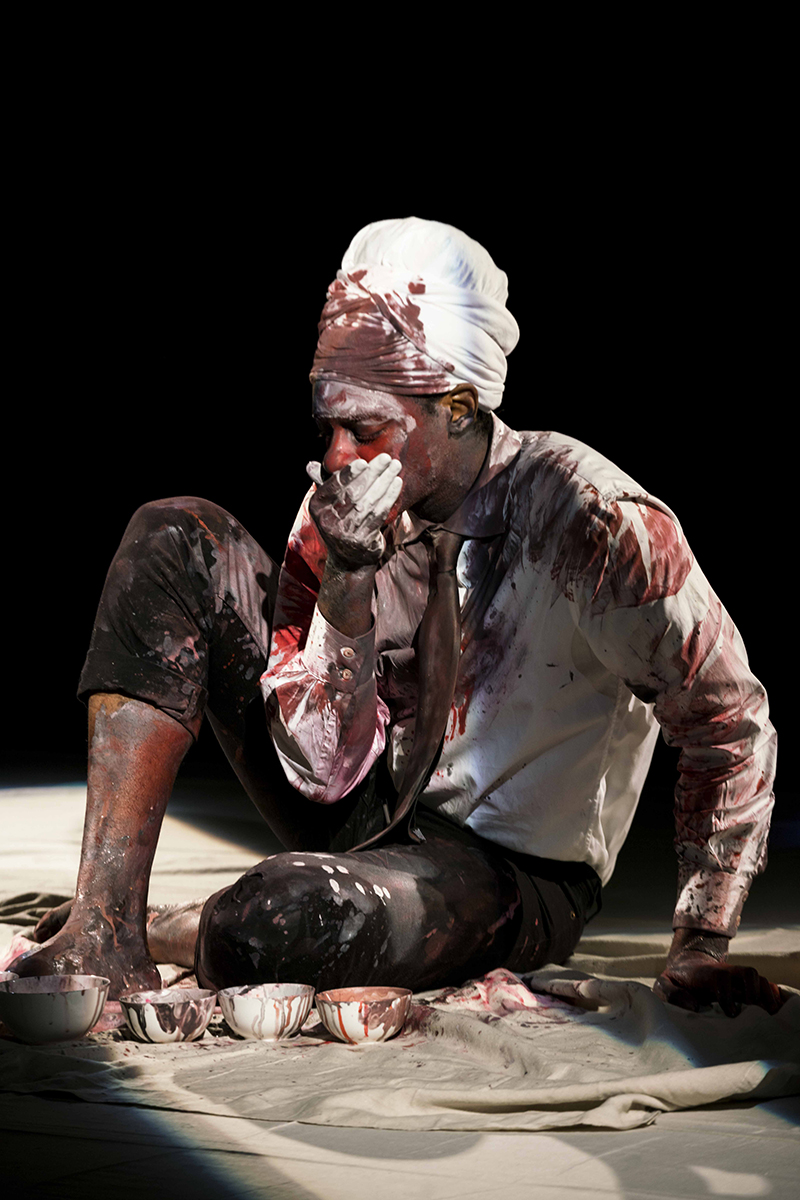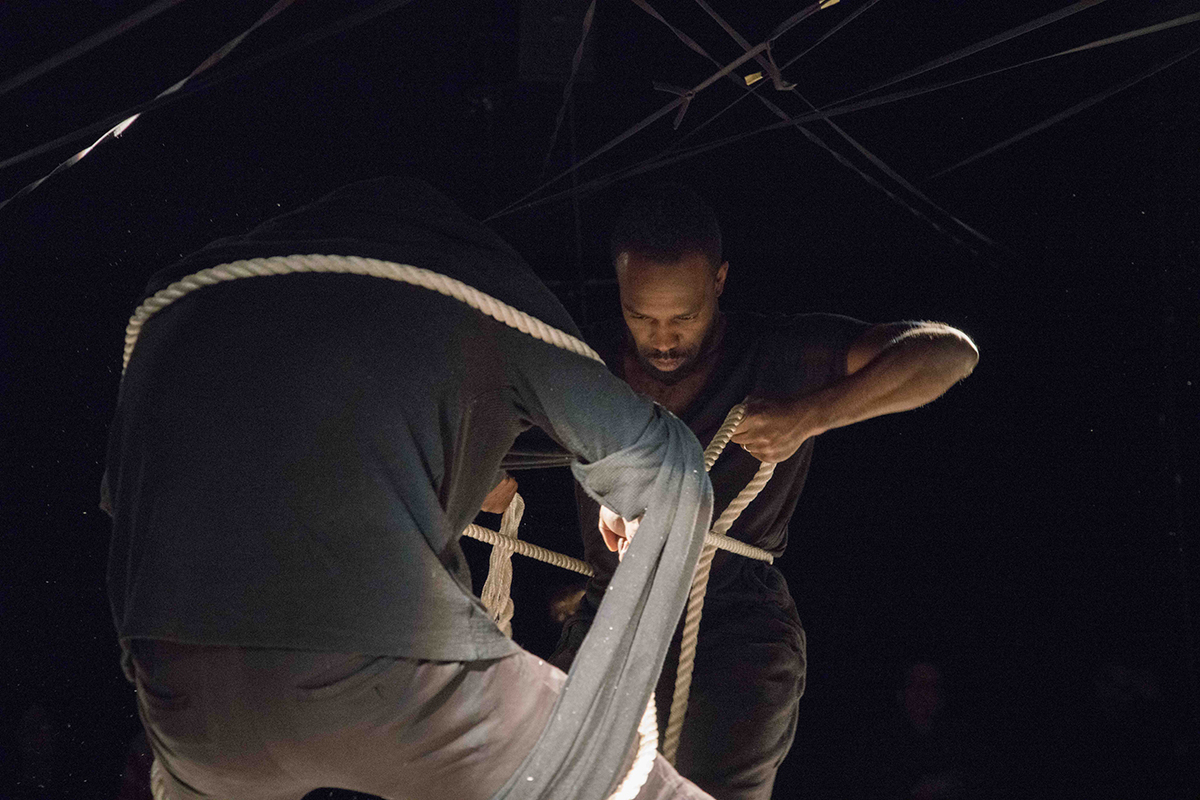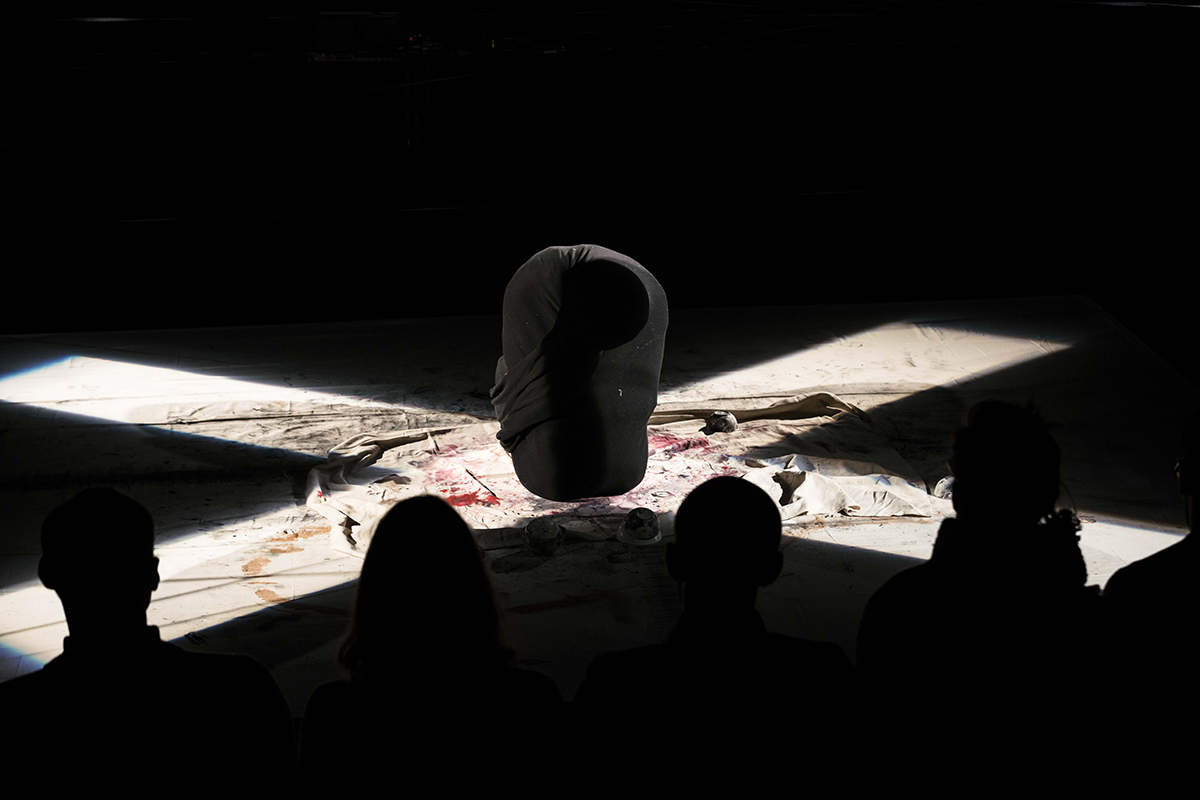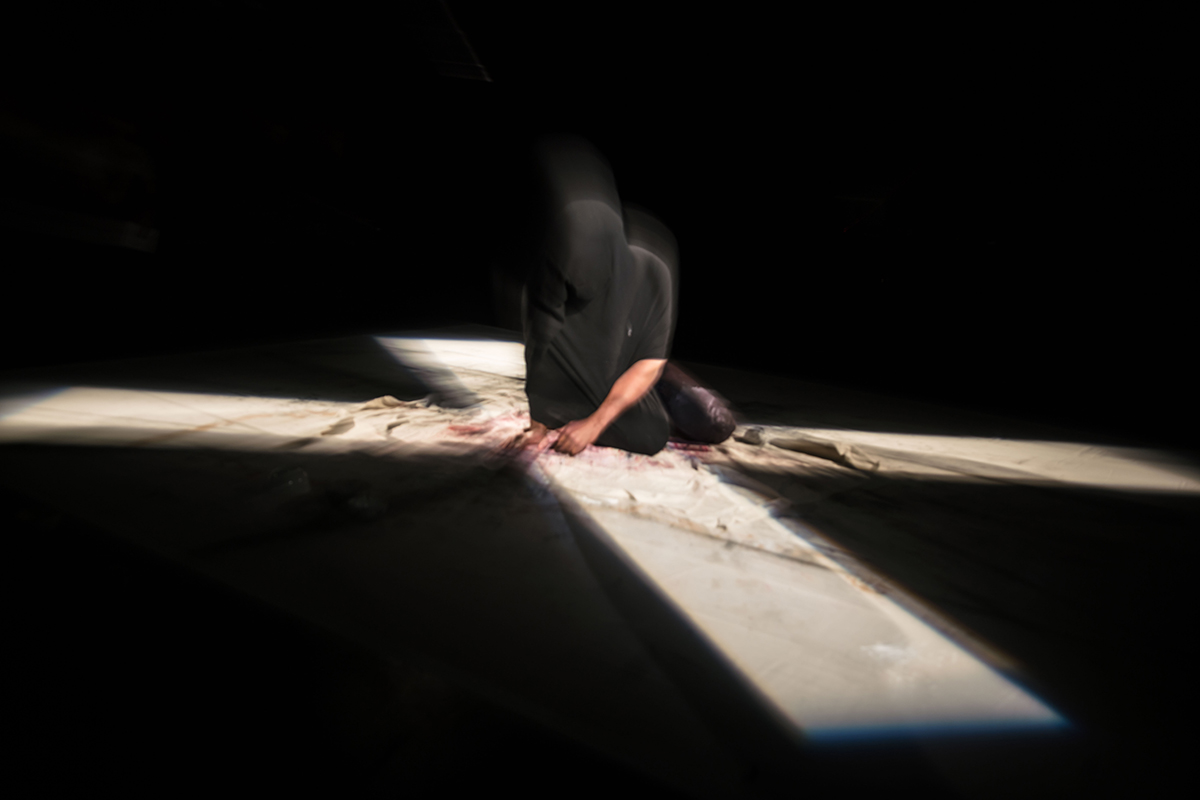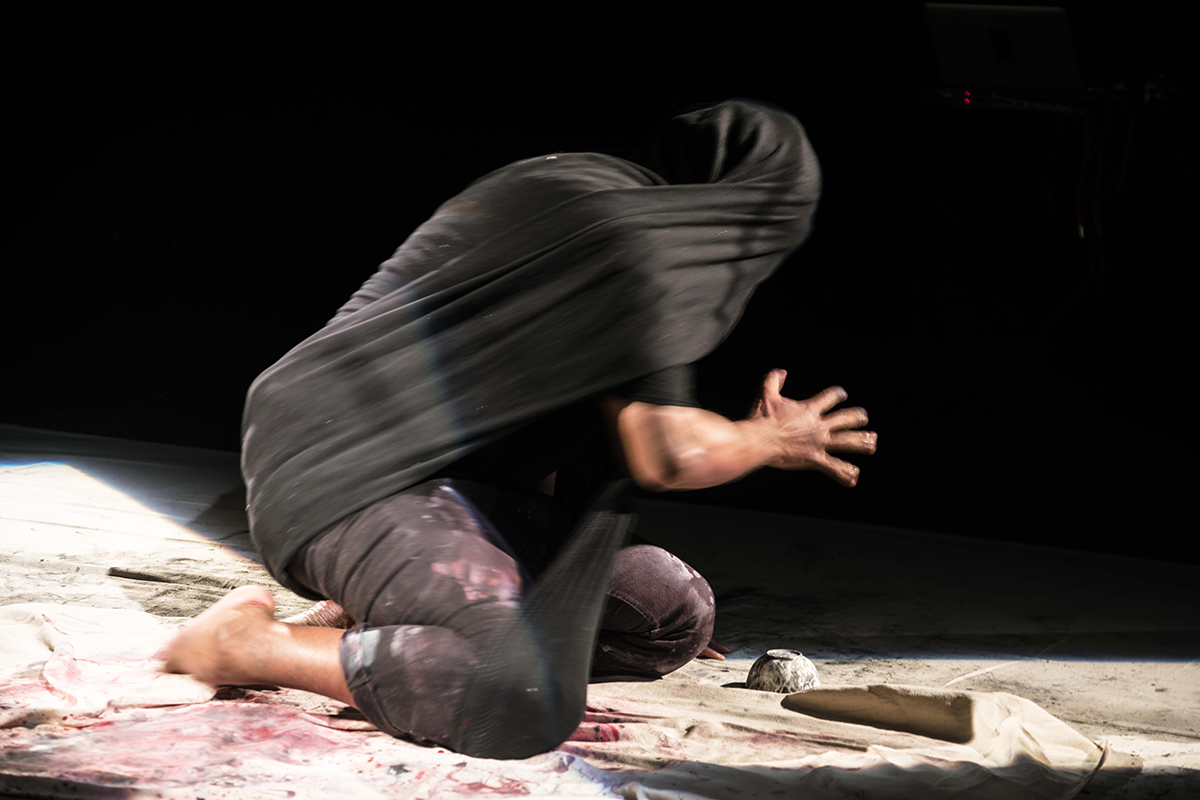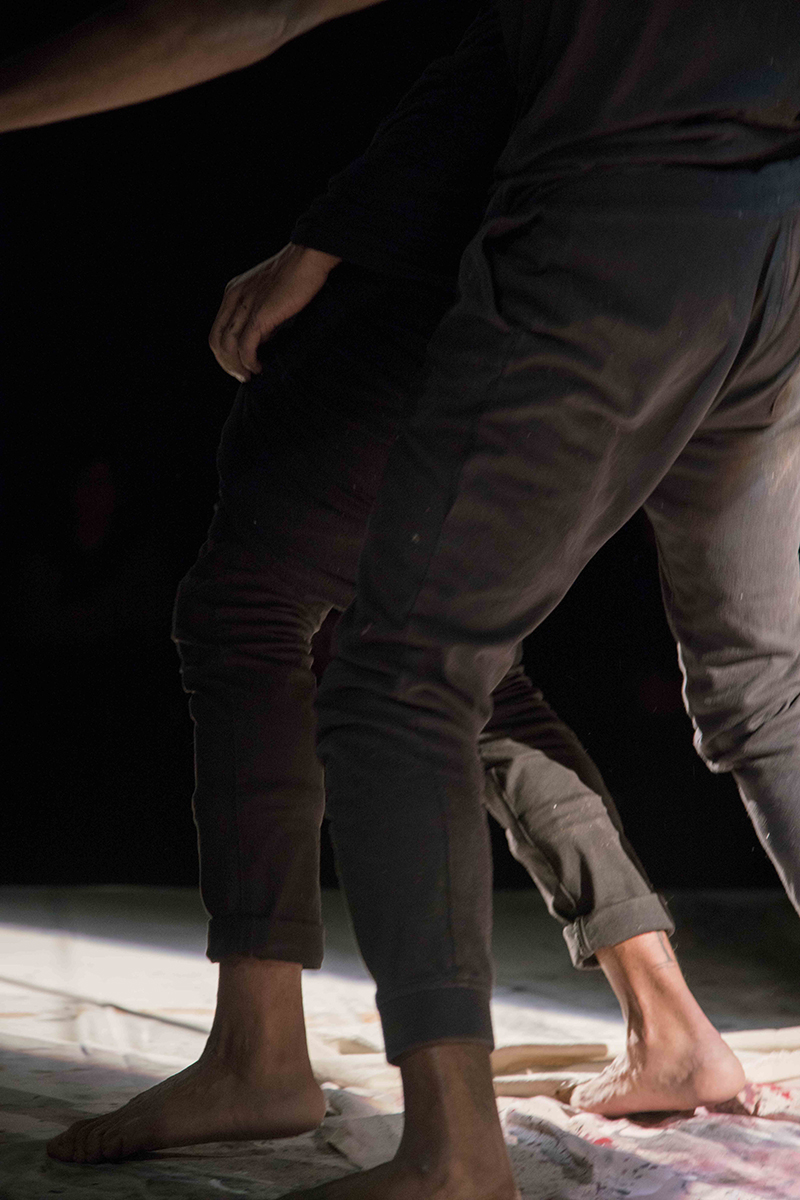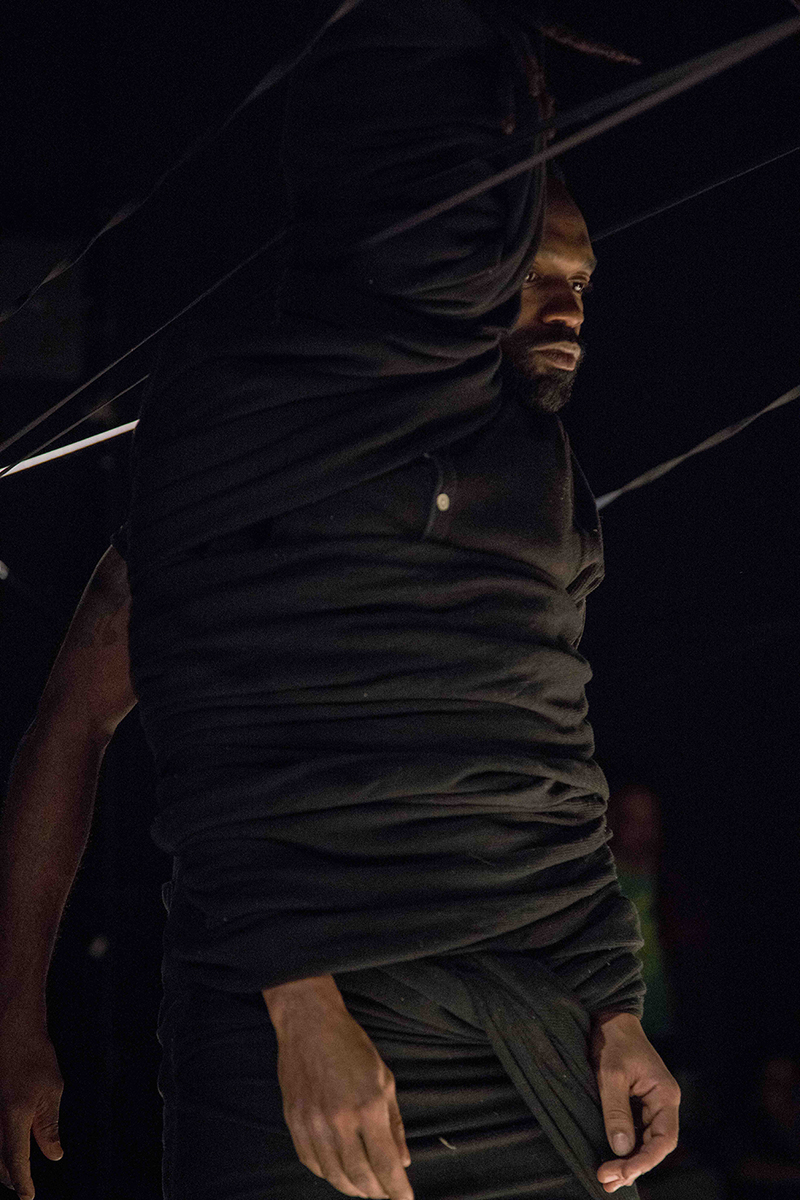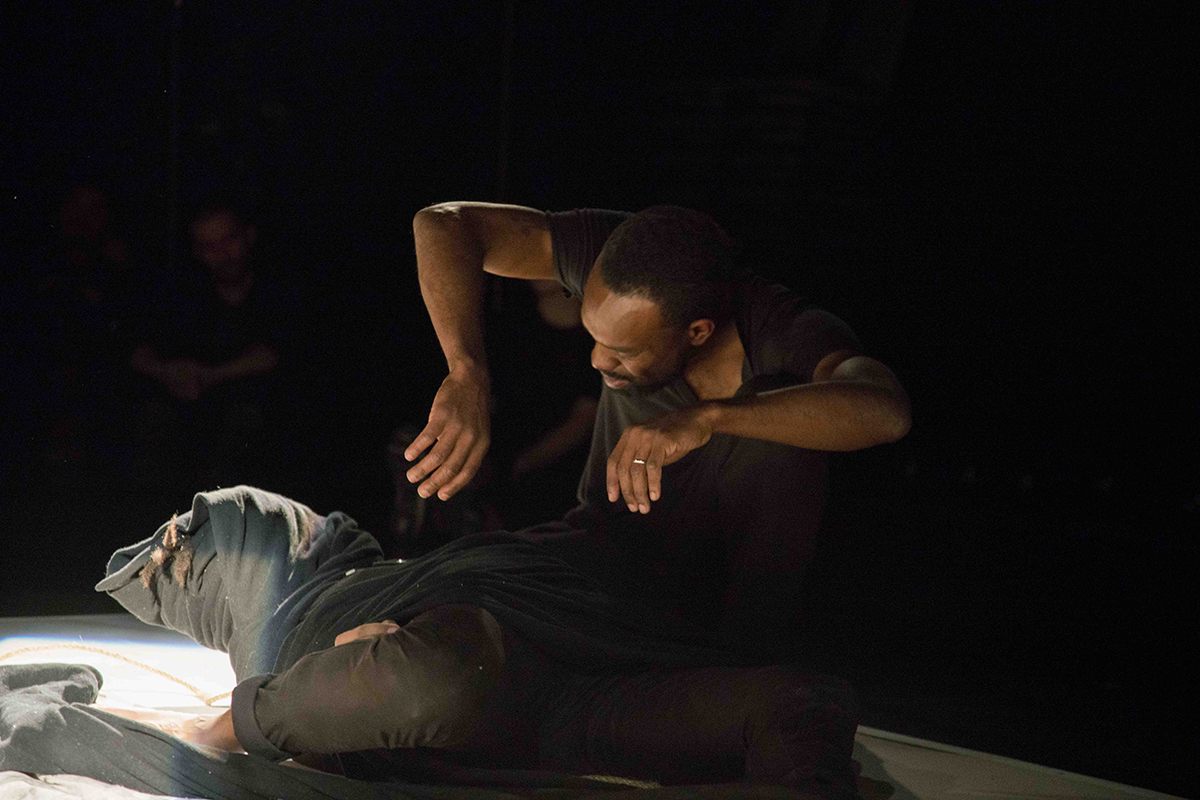To Hear the Earth Before the End of the World
“Tuned to its grandest level, music, like light, reminds us that everything that matters, even in this world, is reducible to spirit.” Al Young Kind of Blue (1984)
To Hear the Earth Before the End of the World a rephrasing phrasing of poet Ed Roberson's book To See the Earth Before the End of the World) is a light and sound installation organized around elements of air, earth, fire, water, and the ether. The work includes field recordings Hamilton captured during his research and travels to Europe and North and South America where he gained what he calls "a ground zero understanding of our changing Earth. Hearing glaciers cracking, smelling forest fires, the mechanical cacophony of land being razed -all felt on a cellular level." In this installation, a ring of speakers plays long-form compositions of modulated environmental recordings intermixed with digital and instrumental sounds. Hamilton's music of landscapes features contrasting sounds of violent eruptions and lulling melodies. Audiences are invited to spend time within a heightened sensory environment wherein Hamilton asks us to listen to the sounds of a changing climate that involves both creation and destruction.
This work is on its third iteration. On view is the current iteration (installation) at the Anchorage Museum in Alaska (May 5, 2023- March 31, 2024) as well as the first iteration at Gray Area in San Francisco (2020, 2021)
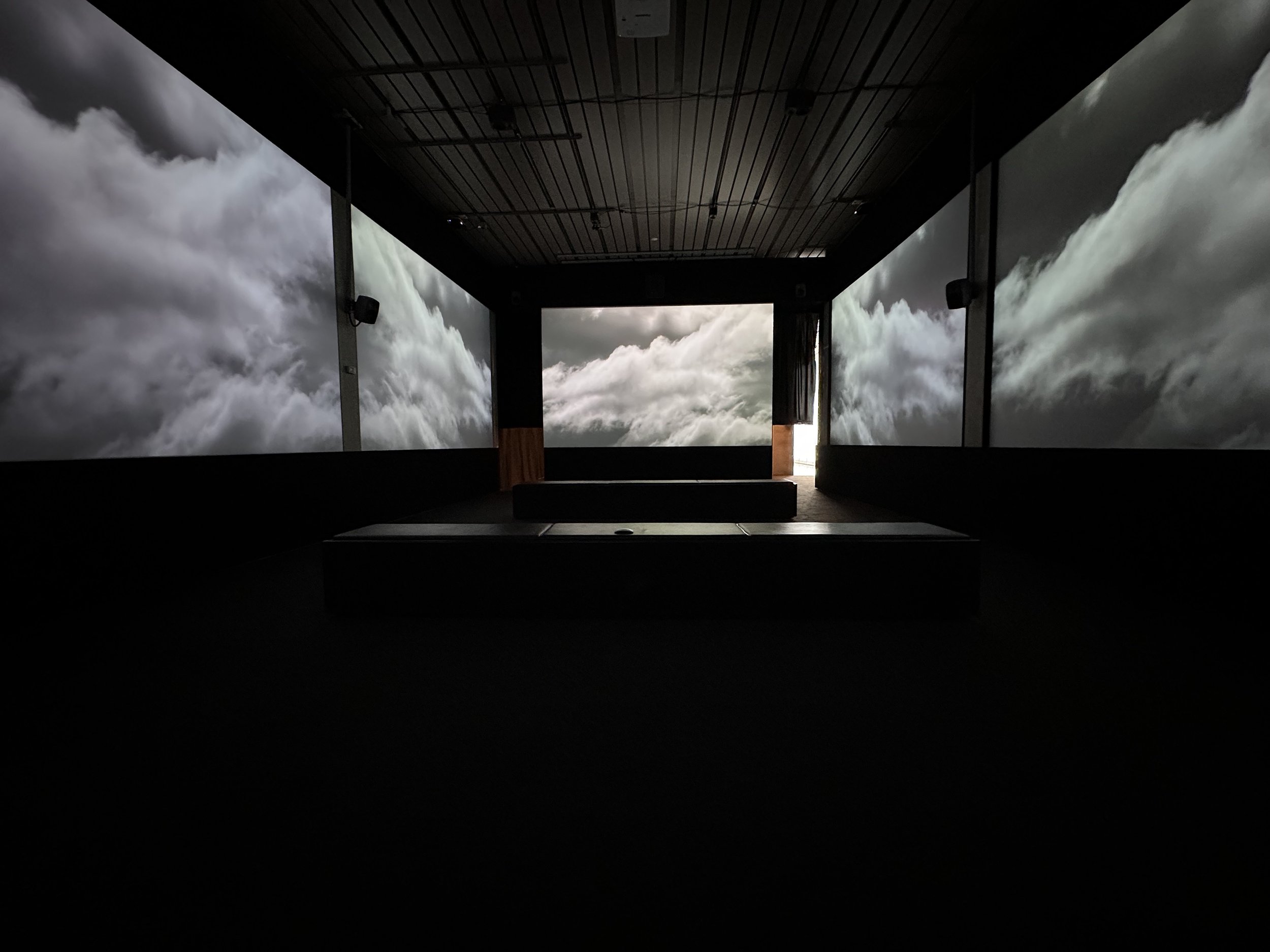
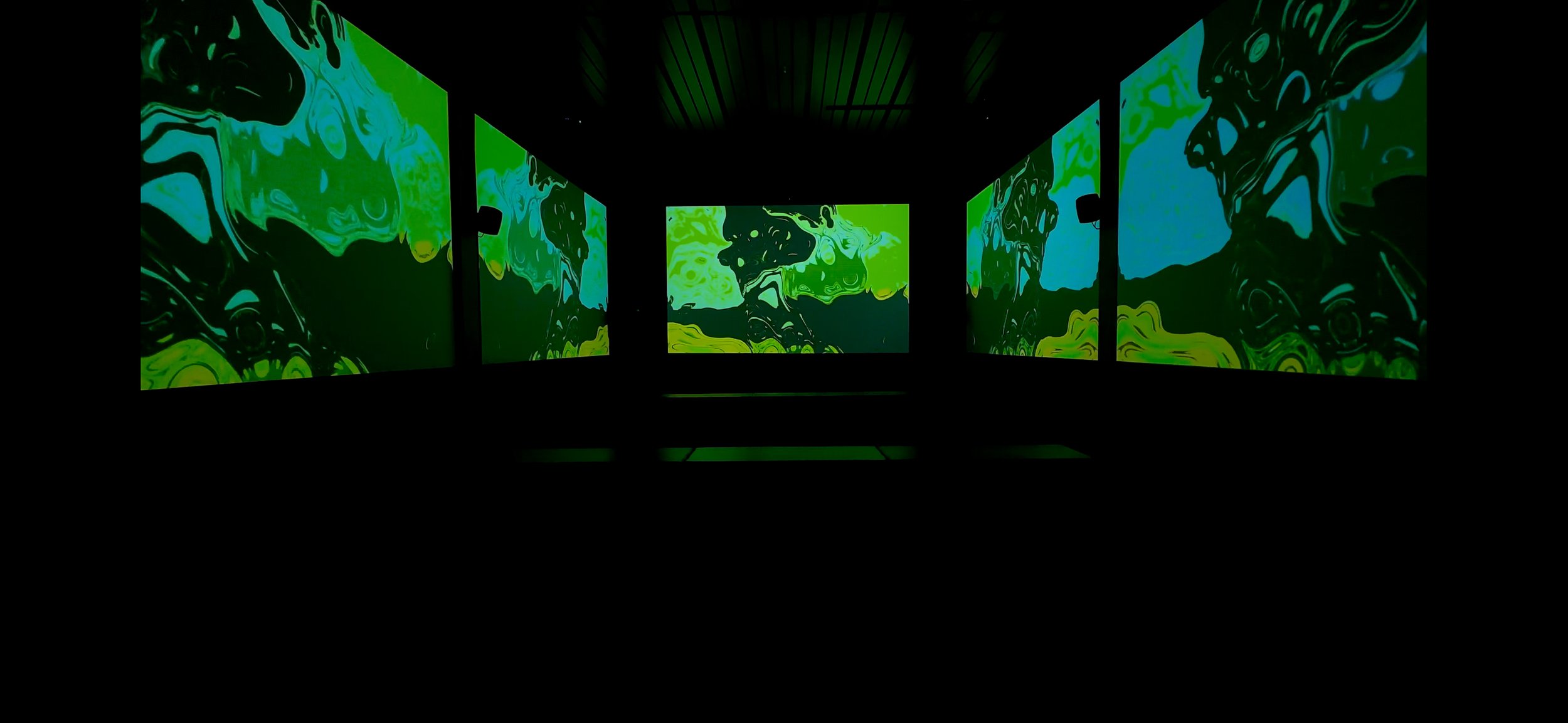
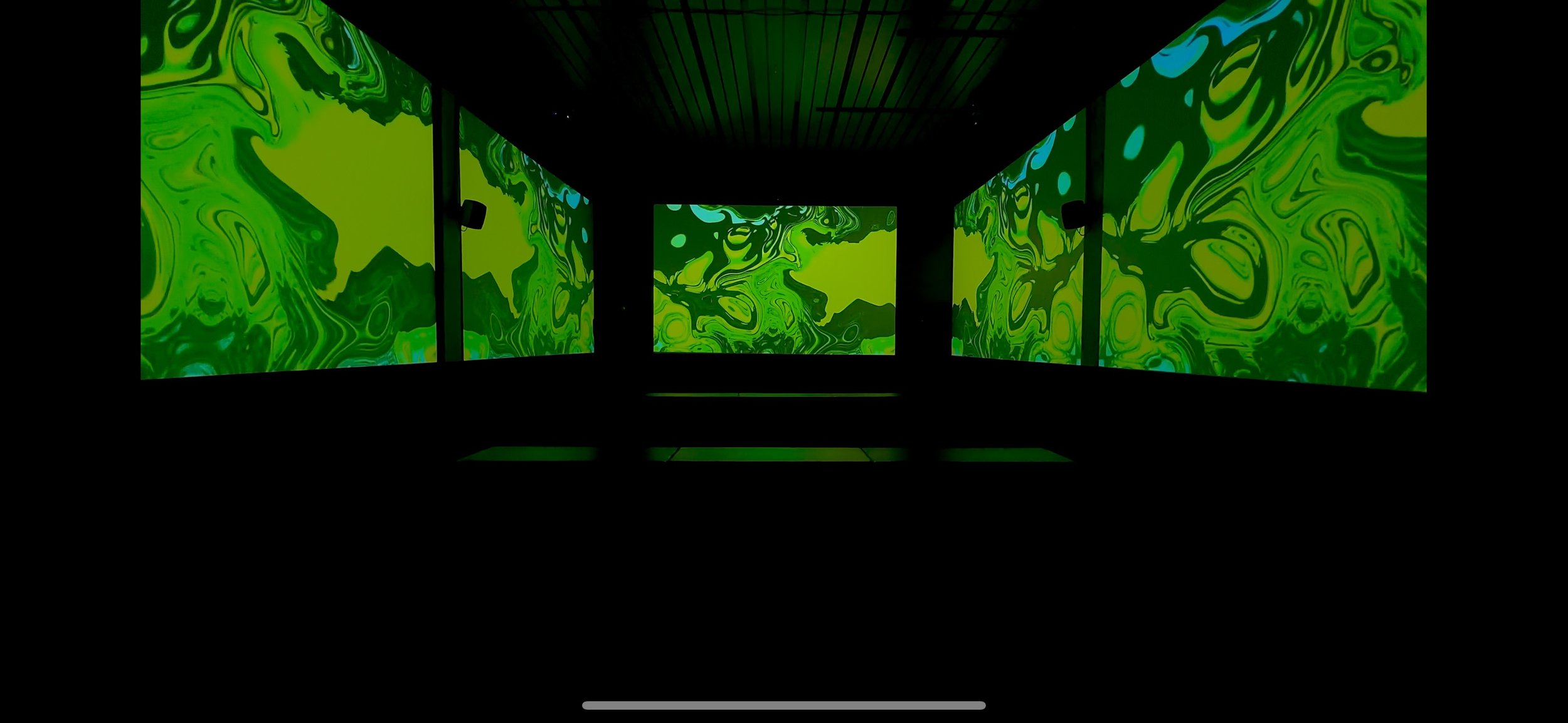
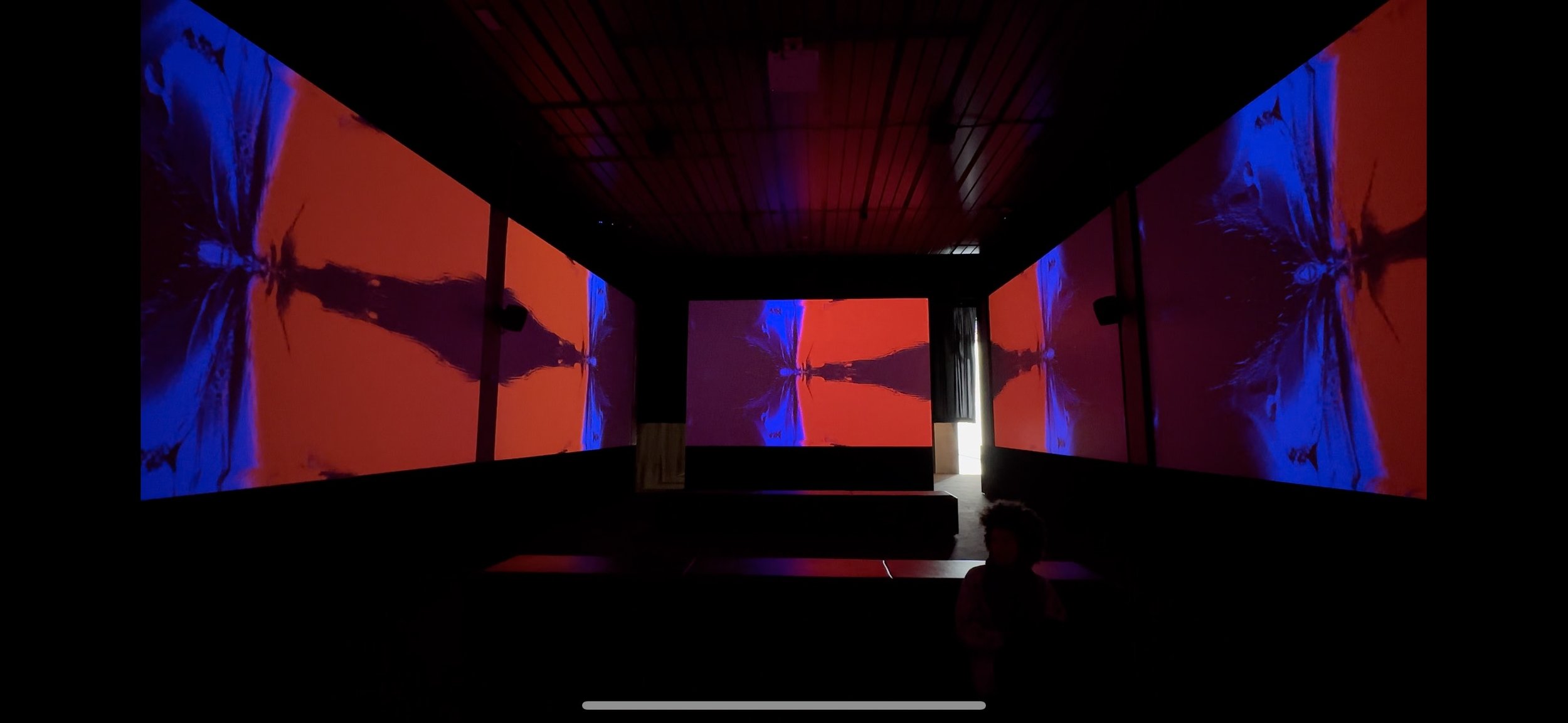
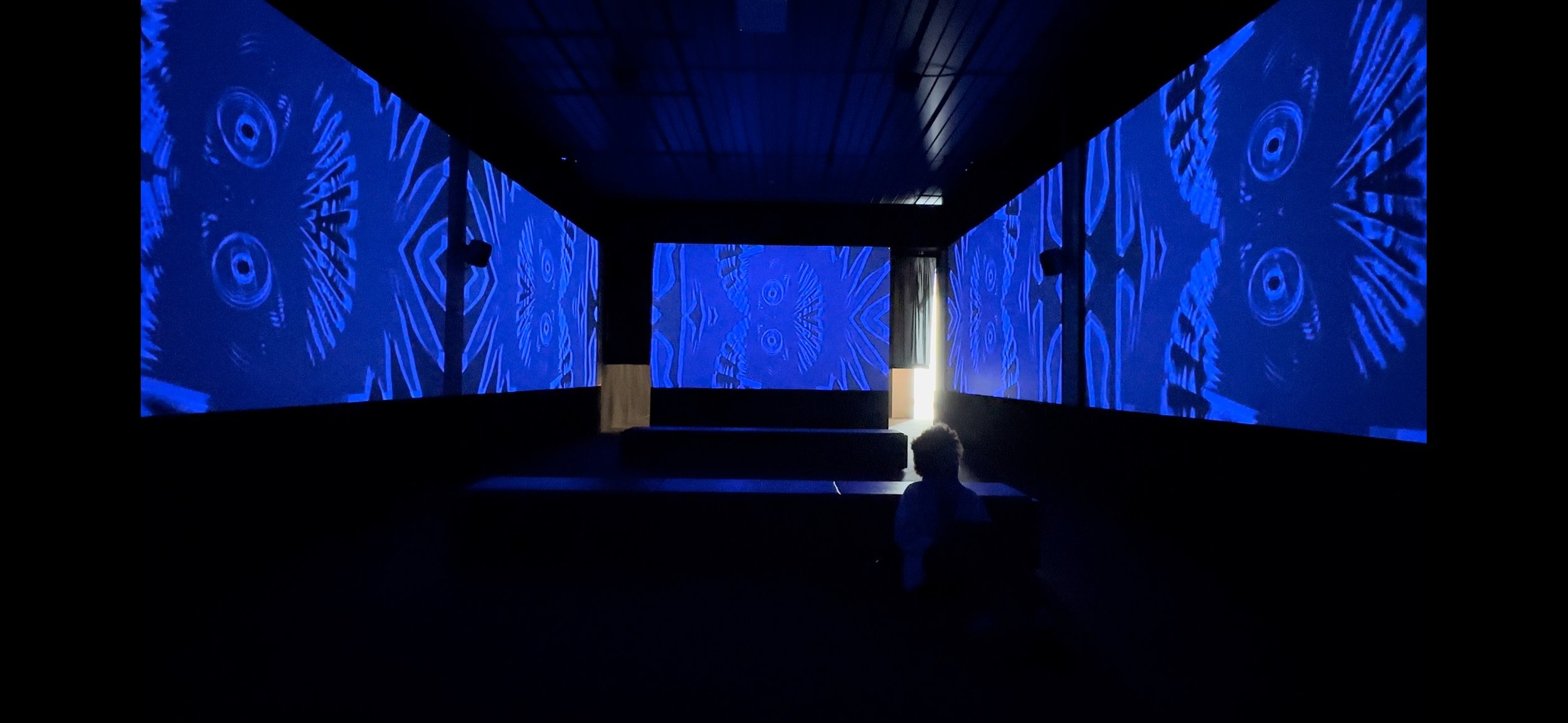

Photo stills from To Hear the Earth Before the End of the World featuring brontë velez. Performed at Gray Area in SF, CA for Soundwave NEXT Festival
Photo Credit: Seabrook Gubbins for Gray Area

